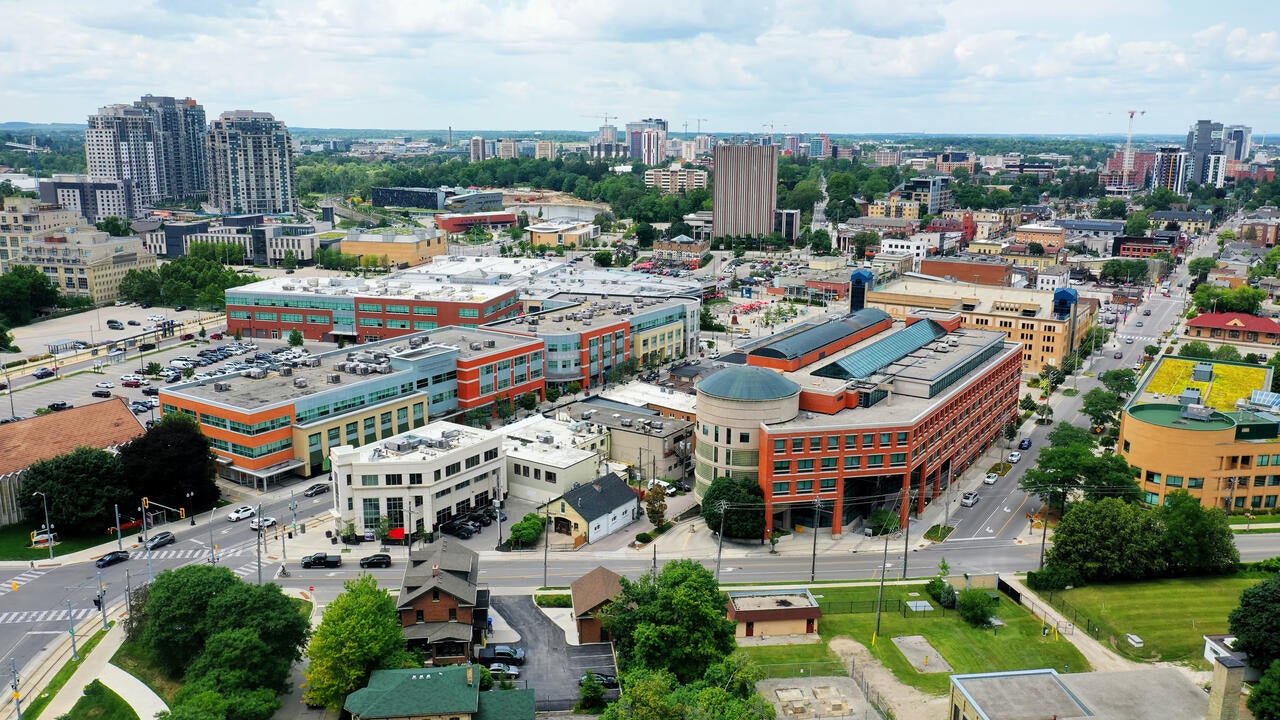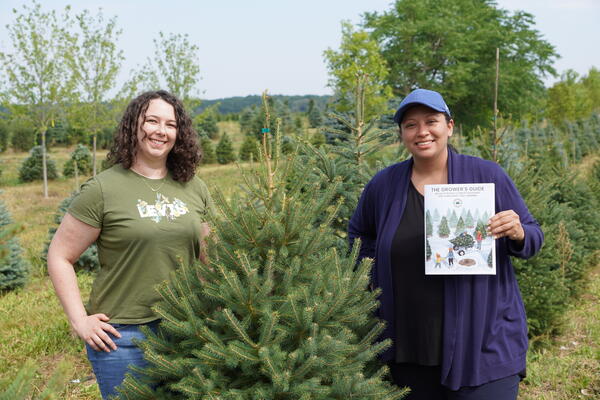
Post-pandemic, urban planners are seeking a return to ‘old normal’ in downtown areas
Urban planners are not preparing for any fundamental changes to past practices even in the face of changing reality

Urban planners are not preparing for any fundamental changes to past practices even in the face of changing reality
By Media RelationsCity living has been radically changed by the spread of COVID-19. But planners of downtowns in mid-sized areas are more interested in returning those spaces to the way things were.
In a study led by researchers at the University of Waterloo, urban planners were asked to identify the attributes that contributed to the success of downtowns prior to the pandemic as well as the attributes that would facilitate their post-pandemic recovery.
While some urban scholars predict that recovery will lead to a “new normal,” the planners surveyed are primarily focused on restoring the “old normal.” This suggests that the planners are not preparing for any fundamental changes to past practices even in the face of changing reality.
“Despite calls for greater creativity and innovation, there is essentially no difference between what planners viewed as more important to downtowns pre-and-post the pandemic,” said Pierre Filion, an emeritus professor in the School of Planning at Waterloo. “There will not be any radical transformation of post-pandemic downtowns from the pre-pandemic downtowns of the early 21st century that would change the basic forms and functions.”
The findings show the ideal revived downtowns will exhibit many of the same functions in a distinctive built environment even with much attention being paid to the impact of the pandemic on the largest metropolitan areas. For instance, there will be increased use of outdoor and green spaces, more mixed-use development, particularly in residential areas; and transportation models friendly to walking and biking.
“Downtowns are likely to remain distinctive places within the cities, characterized by a mix of higher-density land uses, including specialized retail, office employment, and housing,” Filion said.
The study identified government as an obstacle to the successful revitalization of mid-sized downtowns. However, many of the proposed recovery policies require government intervention, especially in public-private partnerships and collaborations where there is no single organizational structure that is appropriate.
Even with the increased government funding, the researchers noted it will be impossible to sustain the required levels of public investment in the revitalization of mid-sized downtowns in view of reduced government revenues in the long run.
The study, Planning for Post-pandemic Downtowns of Mid-size Urban Areas, was recently published in the journal of Planning Practice & Research.

Read more
Here are the people and events behind some of this year’s most compelling Waterloo stories

Read more
Waterloo researchers are helping to make a much-loved holiday tradition more sustainable all year round

Read more
Researchers awarded funding to investigate ecology, climate change, repatriation, health and well-being through cultural and historical lens
The University of Waterloo acknowledges that much of our work takes place on the traditional territory of the Neutral, Anishinaabeg, and Haudenosaunee peoples. Our main campus is situated on the Haldimand Tract, the land granted to the Six Nations that includes six miles on each side of the Grand River. Our active work toward reconciliation takes place across our campuses through research, learning, teaching, and community building, and is co-ordinated within the Office of Indigenous Relations.